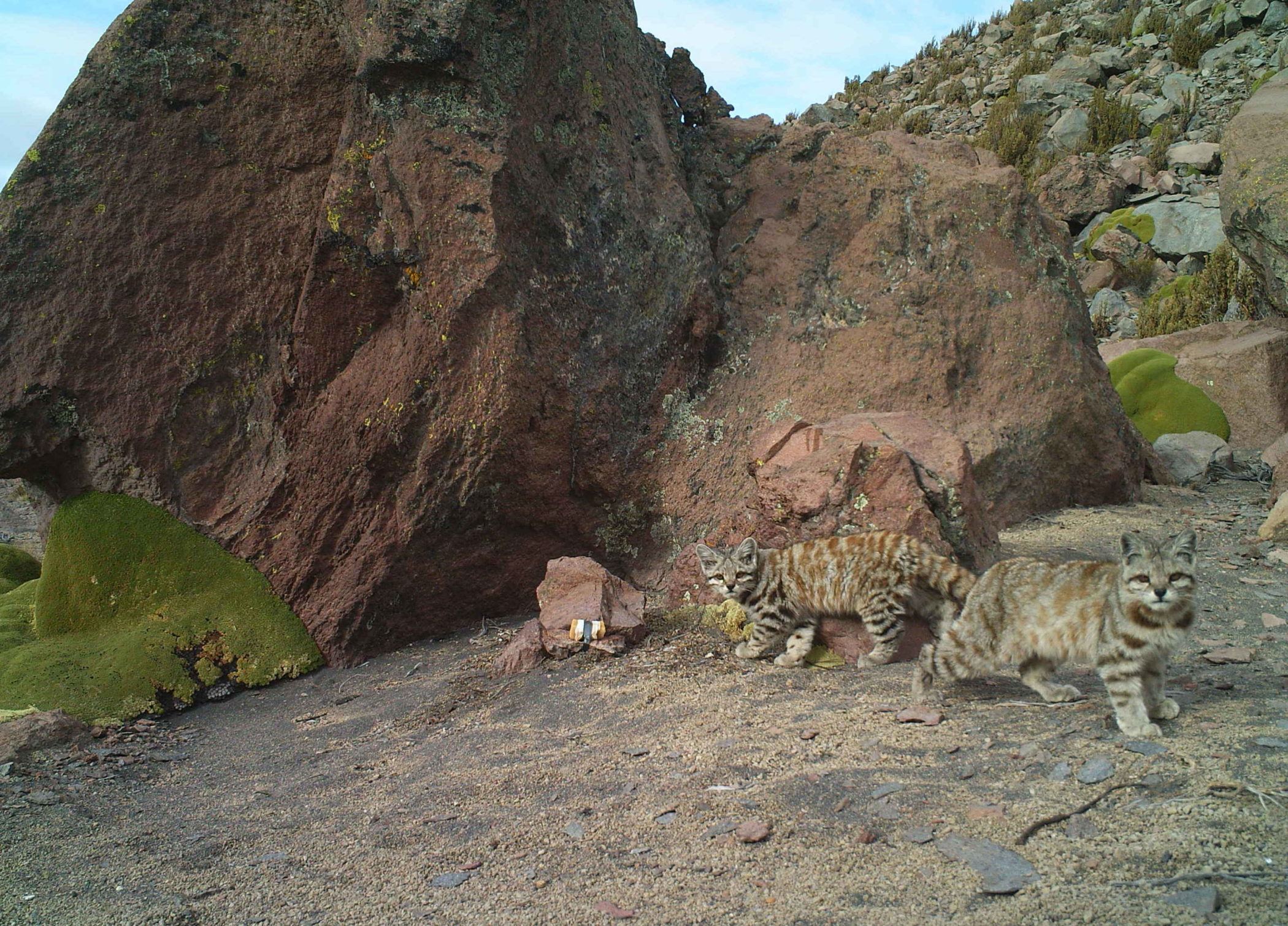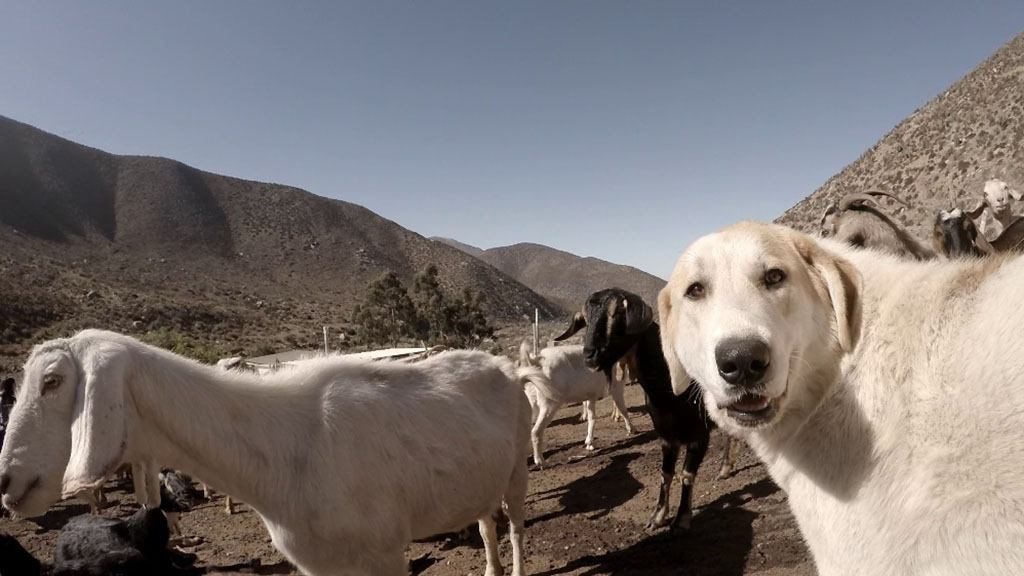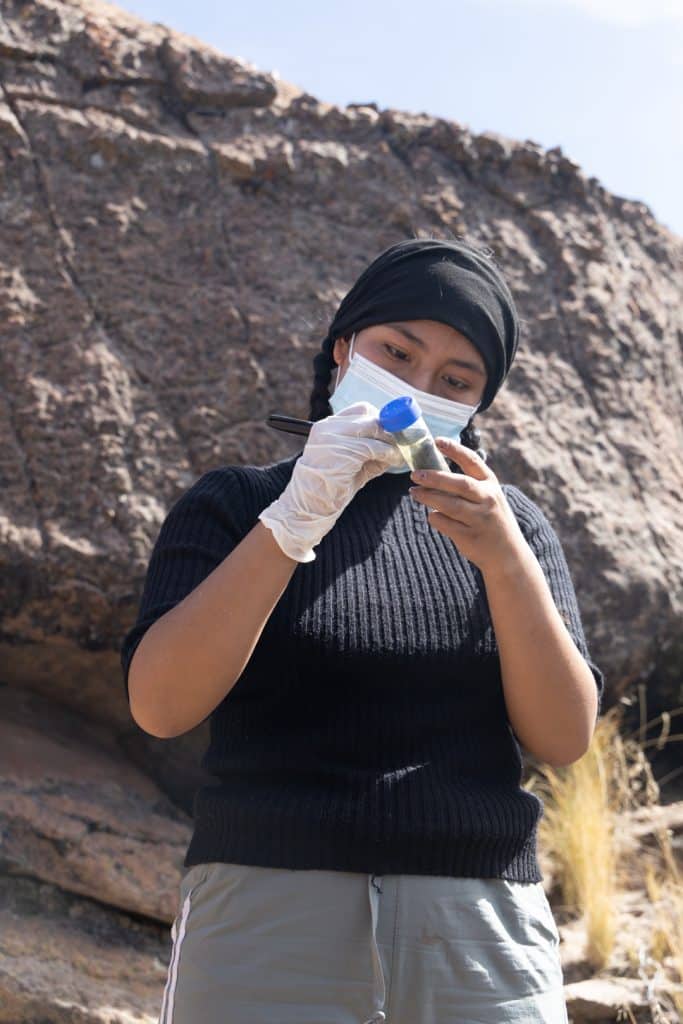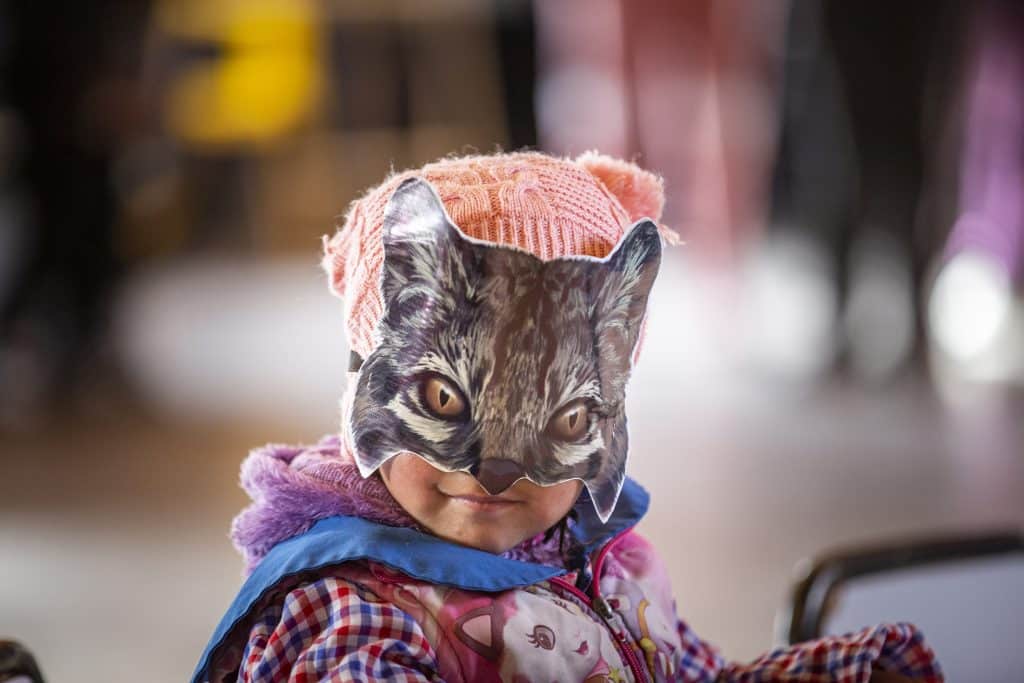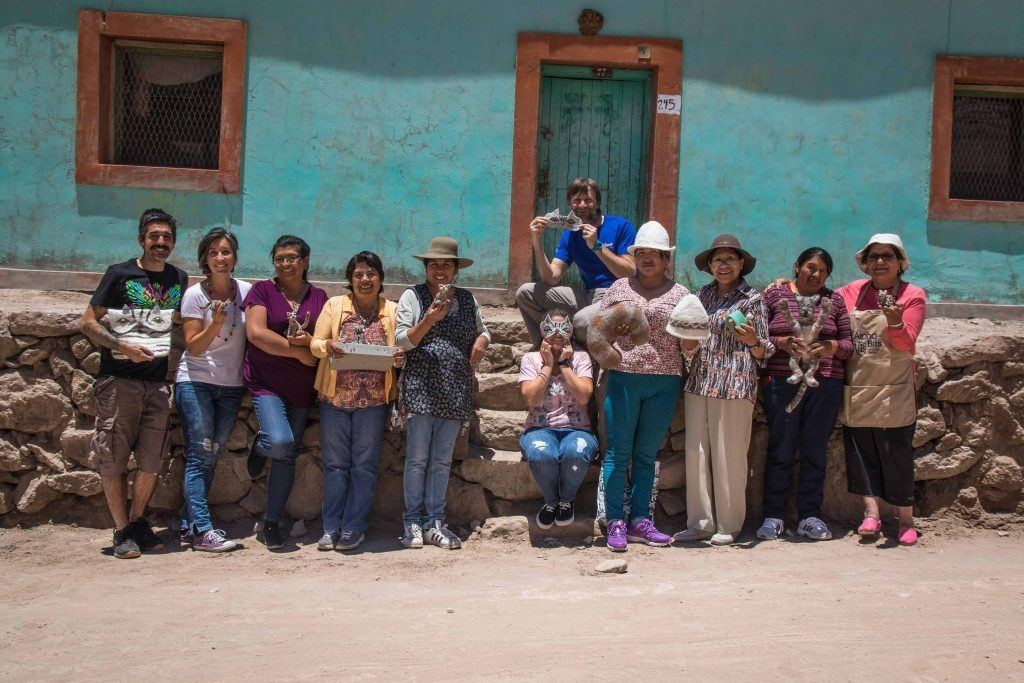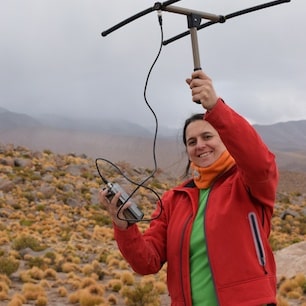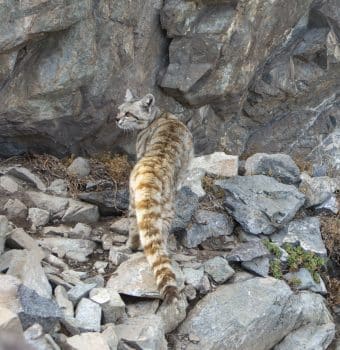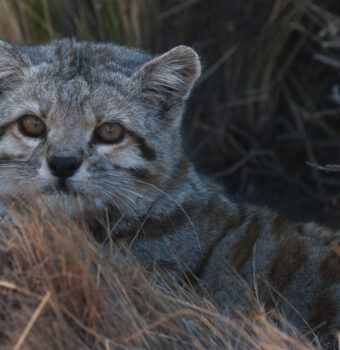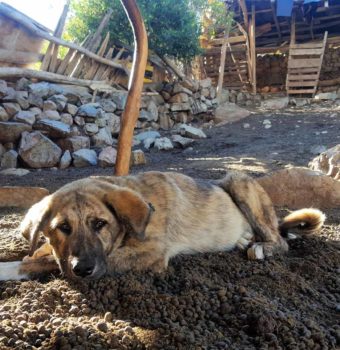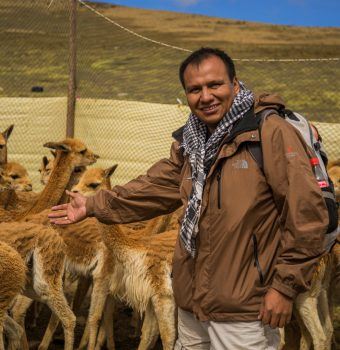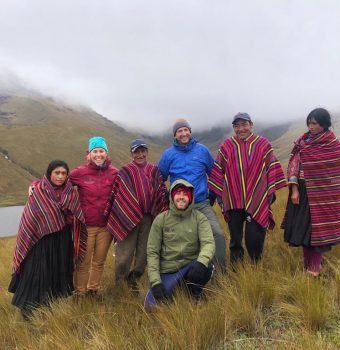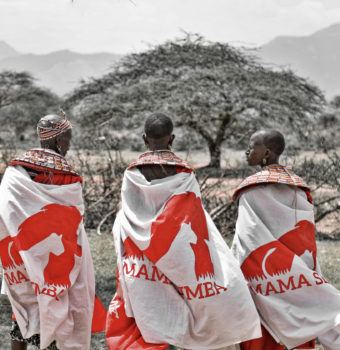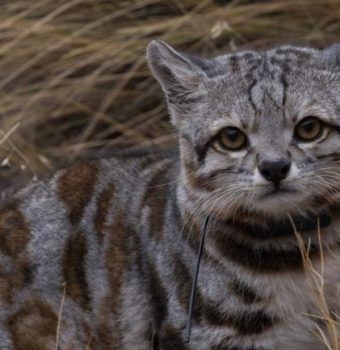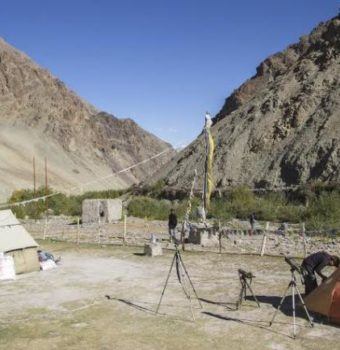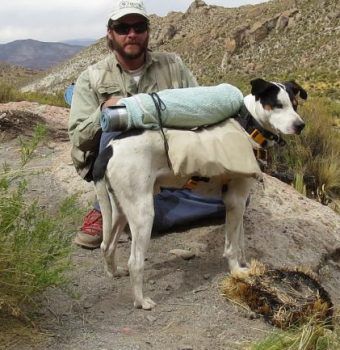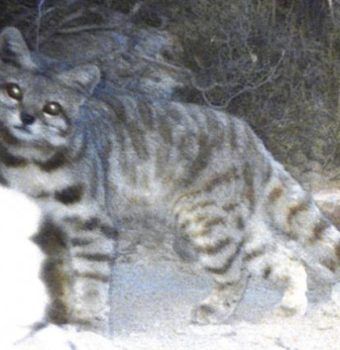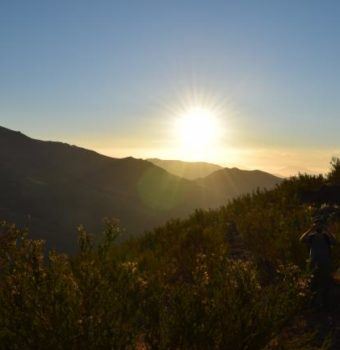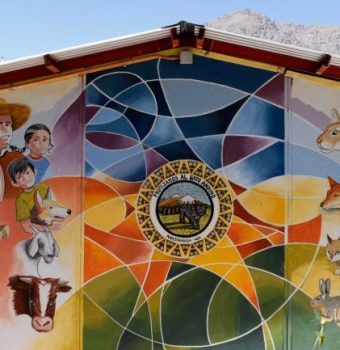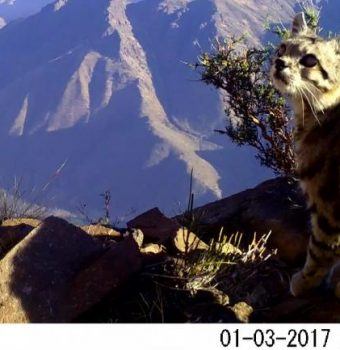When you get involved, donate, or spread the word on social media, you are truly making a better world for Andean Cats and the communities that live near them. Here are a few ways you can help:
Connect with Andean Cat Alliance on social media to learn more about their work and be a voice for these elusive cats.
Visit AGA’s website and sign up for their newsletter to deepen your connection with conservation.
Donate to support AGA’s work protecting Andean Cats. Through our donation model, 100% of your donation goes to field with zero taken for overhead or administration.



